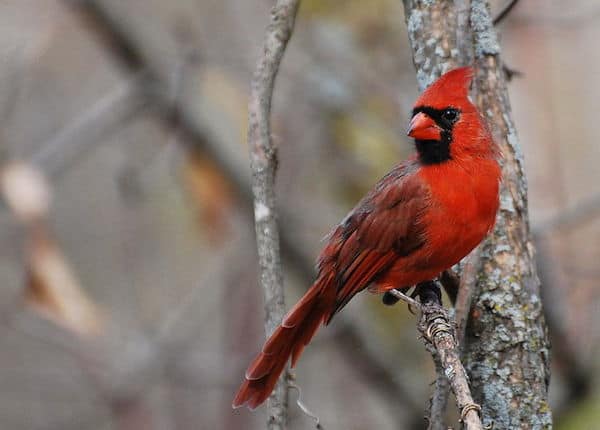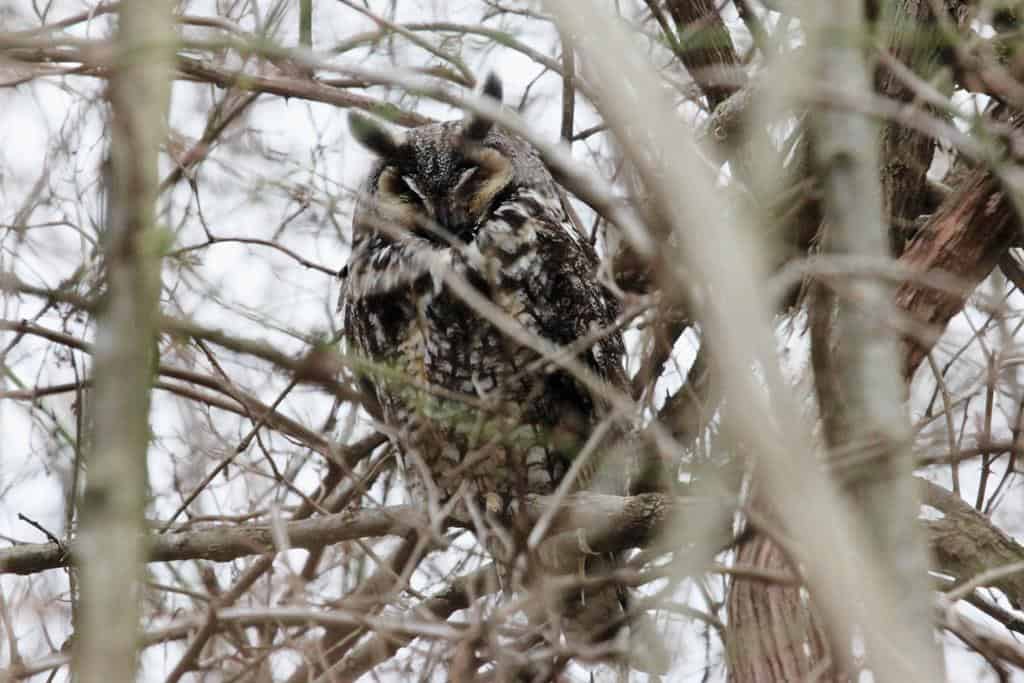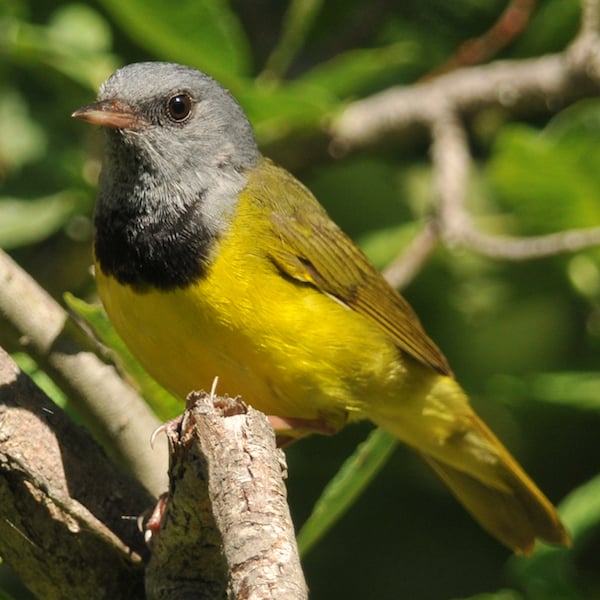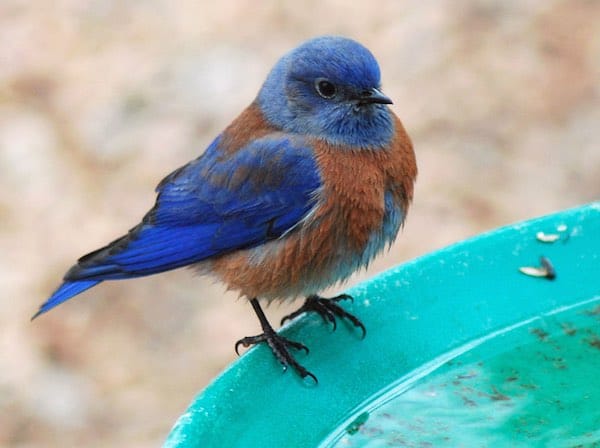All About
A black face and a long red crest smartly set off the bright red plumage of the male cardinal. Females are a muted, brownish version of the male. Strongly territorial, mated cardinal pairs will vigorously defend their nesting turf from rivals, even going so far as to attack their own reflections in windows, mistaking the image for another cardinal. One of the cardinal’s most notable behaviors is the “courtship kiss” in which a male feeds a bit of food to a female he is wooing.
Listen for
Northern Cardinals have a loud, ringing song that can vary: purty-purty-purty, what-cheer! what-cheer! tee-tee-tee-tee-tee! Also gives a loud pik! call.
Find it
Found in a variety of habitats—from deserts to wetlands to manicured backyards, cardinals prefer an edge habitat—a place where woodland and open space meet. They are resident (non-migratory) and thriving throughout their range, which has expanded northward in recent decades—thanks in part to the availability of food at bird feeders.
Cardinals are the familiar and beloved “redbird” found all across the eastern United States. This bird’s popularity is such that seven U.S. states and countless sports teams have chosen the cardinal as their official emblem.
In spring and summer, cardinal pairs can be found together, often with the male perched high above, singing his what-cheer-cheer-cheer song. In fall and winter, cardinals can be found in large loose flocks, especially during harsh weather.
Feed It
Cardinals forage on or near the ground. During warm weather, insects, berries, buds, and seeds are their primary diet. Gardeners appreciate cardinals for eating grubs, beetles, caterpillars, and other garden pests. In winter, cardinals shift to a greater reliance on seeds, nuts, and wild fruits. At bird feeders cardinals prefer sunflower seeds, but will also eat mixed seeds, suet, fruits, and peanuts.
Nesting Behavior
Female cardinals choose thick cover—vine or rose tangles or shrubs—in which to weave their shallow, cup-shaped nests out of grasses, root-lets, twigs, and bark strips. Into this nest, the female will lay three to five eggs and incubate them for nearly two weeks before they hatch.
Both parents feed the youngsters for about 10 days before they fledge. In summer, young cardinals can often be seen following a parent around, begging to be fed. Males will take on this duty while the female starts a second brood.
WOW!
Oh no—a bald cardinal! It’s normal for cardinals to lose all their head feathers in late summer, after nesting season. A cardinal’s skin is dark, and sometimes you can even see its ear holes.
Mites, lice, or a nutritional deficiency can be to blame for the baldness, but even healthy cardinals can lose all their head feathers at once. In a week, new feathers will start to grow in, and in a month or so, the crest will be normal and regal once again.




